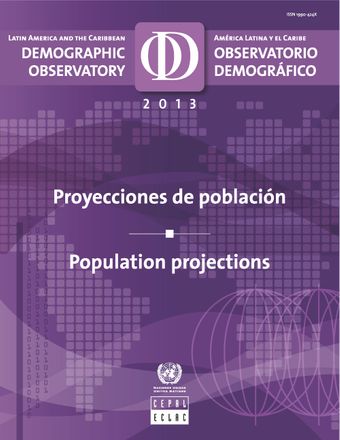Urban population growth in Latin America: different paths towards a common future?

- Author: United Nations
- Main Title: Observatorio Demográfico América Latina y el Caribe 2013 , pp 21-29
- Publication Date: February 2015
- DOI: https://doi.org/10.18356/3bf20696-en
- Language: English
One of Latin America’s characteristics is that its urban population is larger, in percentage terms, than the world average. Until the early 1960s the subregion was predominantly rural, but the application of the importsubstitution policy and the absence of reform in the countryside intensified rural-to-urban migration. As a result, the urban population, as a proportion of the total, rose dramatically between 1950 and 1995. This trend continued until the end of the twentieth century, by which time Latin America had overtaken the most developed regions in terms of urban population. Today, with about 80% of its population residing in cities (see figure 1), Latin America has the most urbanized population of any region in the developing world.
© United Nations
ISBN (PDF):
9789210565356
Book DOI:
https://doi.org/10.18356/83a9e62a-en-es
Related Subject(s):
Economic and Social Development
Sustainable Development Goals:
-
From This Site
/content/books/9789210565356c004dcterms_title,dcterms_subject,pub_keyword-contentType:Journal -contentType:Contributor -contentType:Concept -contentType:Institution105
/content/books/9789210565356c004
dcterms_title,dcterms_subject,pub_keyword
-contentType:Journal -contentType:Contributor -contentType:Concept -contentType:Institution
10
5



